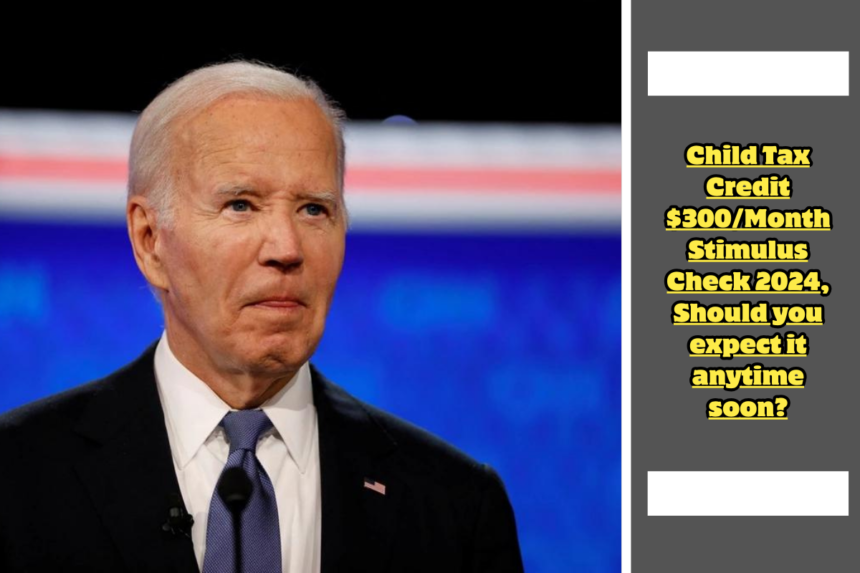In this digital age, the fast spread of information and false information through social media has become a common problem that affects how people think and understand a lot of things.
A recent example of this is a Facebook post that says starting in July 2024, the Internal Revenue Service (IRS) will start giving $300 monthly payments to children under six and $250 monthly payments to people ages six to seventeen.
This post with an image that is said to be from a Google search result has gotten a lot of attention and has been shared a lot. This shows how easy it is for false information to spread online.
CTC Monthly $300 Stimulus Payment Coming for Kids?
It’s not true what was said in the post; it doesn’t reflect current or future IRS rules. These mixed feelings appear to be caused by the American Rescue Plan Act of 2021’s short-term changes to the Child Tax Credit.
Families who were qualified got extra money each month from July to December 2021 in the form of enhanced child tax credits during this time. But these payments were sent straight to parents or guardians, not to children.
| Other Links |
Current Child Tax Credit Regulations
As of the most recent changes, the Child Tax Credit (CTC) helps parents and guardians pay for the costs of having children by giving them money. Following the end of the brief improvements made by the American Rescue Plan Act of 2021, the current rules are as follows:
Basic Structure of the Child Tax Credit
- Credit Amount: Parents or guardians who qualify can get up to $2,000 from the CTC for each child who qualifies.
- Age Limit: The credit is applicable for children under the age of 17 at the end of the tax year.
- Refundability: You can get some of your CTC back. To put it another way, you can get the difference back as a return if the credit amount is more than the taxes you owe. The Additional Child Tax Credit (ACTC) is the name of this refunded part.
- ACTC Amount: The most that can be returned is $1,400 per child. Families who owe little or no income tax can still gain because they can get their money back.
Eligibility Criteria
- Income Requirements: The full credit is available to families with incomes up to $200,000 for single filers and $400,000 for married couples filing jointly. Above these income levels, the credit begins to phase out.
- Residency and Relationship: The child must have lived with the taxpayer for more than half of the tax year and must be related to the taxpayer (son, daughter, stepchild, foster child, sibling, or a descendant of any of these).
- Support: The child must not have provided more than half of their support during the year.
Tax Year 2021 vs. Current Regulations
It is important to remember that the CTC was raised to $3,600 for kids younger than six and $3,000 for kids six to seventeen during 2021 as a temporary part of the American Rescue Plan. It was also fully refunded. As part of these improvements, families were given monthly advance funds. These changes, however, did not last past 2021.
The rules that were in place before 2021 have been brought back. These rules are not as helpful as they used to be, but they still help families across the United States in big ways. As government talks continue, there may be changes or improvements in the future, but for now, the CTC works the way it was explained above.
Future Proposals and Political Context
In his budget for 2025, President Joe Biden wants to bring back the increased child tax credit from 2021 and give it out in monthly installments. But this plan will have a hard time getting through the legislature, especially in the House of Representatives, which is ruled by Republicans. This budget plan is more of a look at the president’s priorities as he runs for re-election than a change in policy that will happen soon.
The Facebook post is wrong when it says that the IRS will start sending new child tax credit payouts in July 2024. When people want to know about changes to tax policies, they need to look at reputable sources and official announcements and stay up to date on the political process that affects those changes.
To read other articles, Click Here
